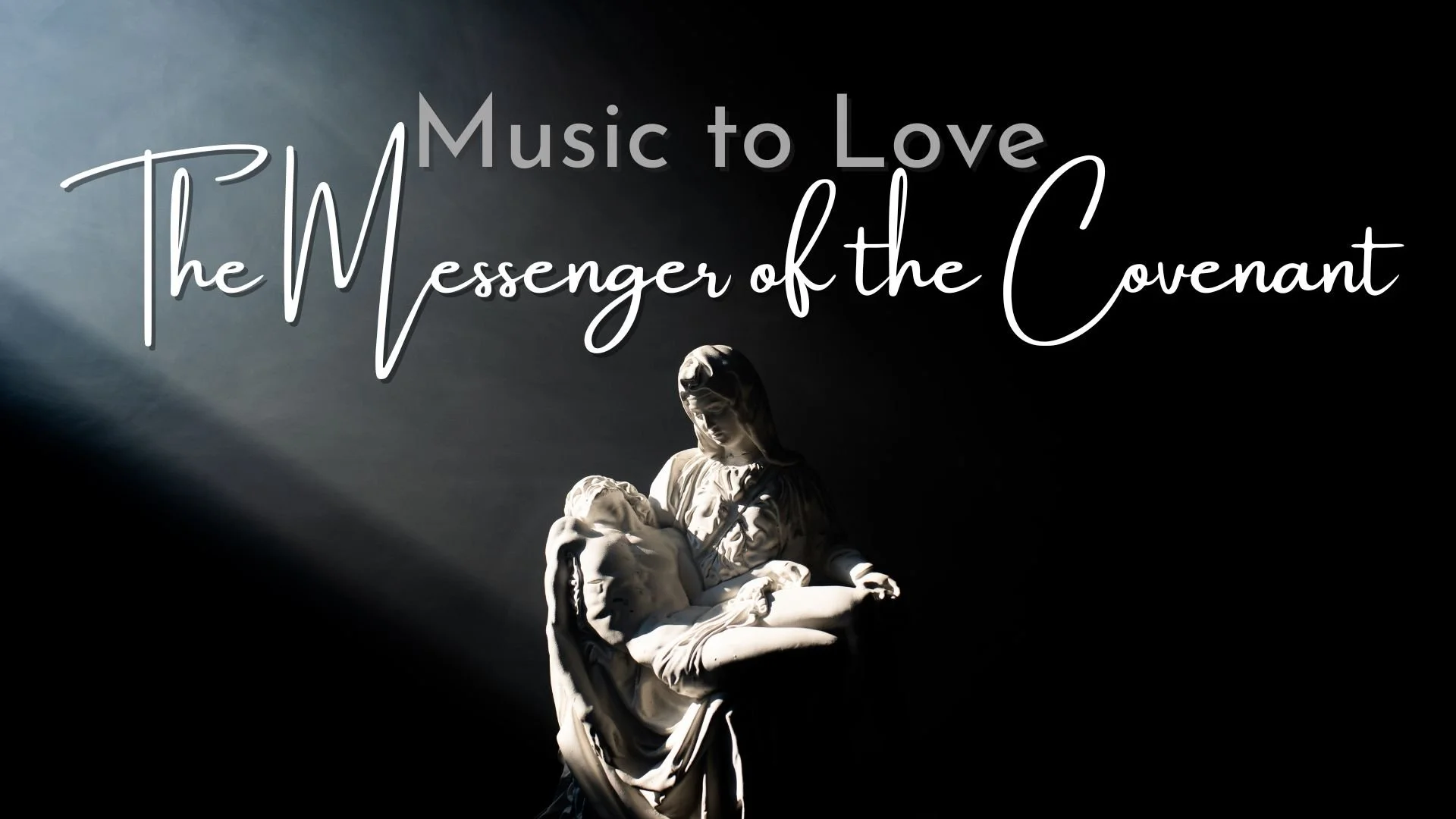Books to Love: Women of Influence: Learning to See
During my collegiate years, whether seated in the stacks at the university library or pouring over the resources assigned during one of my many art history courses, I remember keenly encountering the work of photographer Dorothea Lange.
The hallmark of Dorothea Lange’s photographic work is her intrinsic ability to capture the starkness of humanity. Document the cold, hard facts and in doing so, give a glimpse into the human condition.
Much like the woman’s work, Learning to See: A Novel of Dorothea Lange, the Woman who Reveal the Real America was able to capture the realities of life. The disappointments, fears, regrets, triumphs, halcyon moments, all of it is there. And although it is a work of fiction, Elise Hooper has done her research and adhered as best as possible to the facts of life while fleshing them out fictionally.
Lange came to prominence during the Great Depression. While traveling to migrant work camps throughout California and the West, she documented the conditions and hardships so many people experienced during that dark time in American history.
What I did not know when I gazed into the resigned and hopeless faces of the people she immortalized on film, is that the photographs that would define her contribution to art and the world occurred out of necessity. Not fiscal necessity, personal.
Prior to the Depression, Lange had a thriving portrait studio in San Francisco which she had built from the ground up. While she rubbed elbows with some of photography’s heroes, such as Ansel Adams, the artistic process never truly captivated her. Rather, it was capturing on film the essence of the people who sat before her camera.
However, when the Depression hit, much of her client base could no longer afford her work. The Depression forced harsh life decisions from so many people. Lange was not immune. She and her husband had to made the excruciating decision to split up their family. They sent their two young sons to live with a foster family outside of the city, let go of their house because they couldn’t afford the rent, and lived separately within their individual studios so they could continue to work and eek out as much of a living as they possibly could.
Lange was married to Maynard Dixon, the premier painter of the Western landscape and spirit. Dixon represents that part of her that lusted for adventure, the wide open sky country, the uncertainty of the west. Though it was truly a part of her prior to meeting him, it thrived when they married. But such a life is hard to sustain. Particularly for a woman who prized planning and organization. Flying by the seat of her pants was charming and exciting at the start, but life- children, bills, responsibilities- leech away at that excitement quickly. Coupled with the insurmountable realities of the Depression, their marriage broke.
Before the Depression, Dixon’s work was in great demand. After, his commissions dried up. Even when he was able to acquire government contracts with the WPA, the salary he received for the work he did was paltry, almost insulting, compared to what it was actually worth. Resentment built when he could no longer provide for his family and had to rely on his wife to do so.
Money problems contributed to the tension within their marriage which made the living arrangement between them work all the better. As Dixon painted canvas after canvas of Big Sky Country which gathered dust in stacks, unsold, Lange waited in her studio for the slow trickle of clients. Until one day she got tired of waiting, took her camera, and went out into the street to photograph people. Real people. Not glamorized and posed. People in their environment. Living, questing, despairing.
The unction to record the condition, document the spirit of what she saw everyday became an obsession. Her need to photograph outweighed everything else, even the possibility of danger. And she did face danger. Starting with the shacks and makeshift camps that popped up along the waterfront near the docks, Lange documented men and women reduced to the most dire, hopeless of circumstances. When she heard of a protest, she was there with her camera. Even when the atmosphere turned violent, she did not slink away, she took more photos.
“You have a famous eye, right? That’s whay everyone says. You can see people in all their dignity, their humanity.”
Photography friends encouraged her to submit her work in a photography show. It was there that what Lange was doing caught attention. Shortly thereafter, she was traveling with a small committee of people throughout California to migrant workers for the government. Before her camera began capturing them, it was believed that most of the migrant workers came up from Mexico. However, as the body of her work was analyzed, it was learned that the large majority of migrants were farmers and workers escaping the Dust Bowl of the Midwest, hoping to find work elsewhere. In this way, Lange was instrumental in helping the federal, state, and local governments to address the issues in migrant camps as best they could.
The struggles Dorothea went through, particularly the personal doubts between juggling the indefatigable quest for work to mean something, to make a difference while also carrying for and raising her children is tenderly conveyed.
The psychology of her childhood, the abandonment of her father, the belief that she needed to provide for herself, be the sole defense of herself, rely on no one- this carries throughout her life and is a keen demonstration of how failures and losses and hardships can shape a person.
Lange’s story is one of overcoming. Perhaps that is why she was able to capture so effectively the human condition. She herself was no stranger to it. From the loss of her ease of movement when polio shriveled up her foot to her abandonment by her father to having her savings stolen from her to the ups and downs of her tumultuous first marriage to the loss of her business and the estrangement with her children, Dorothea Lange lived a life that was challenged at nearly every front. Yet, in spite of all the things which beset her, she marshaled her resolve and pressed forward, refusing to admit defeat in the face of mounting odds. Dorothea Lange overcame and that same spirit manages to imprint in her work.
The most moving portion of the book is when Lange was commissioned to document the internment of Japanese Americans from their homes to the camps set up by the government. Lange had worked for the government for over a decade at this point, a symbiotic relationship where she utilized her unique skills for seeing people as they really were and documenting that essence and the government used this body of work to find ways in which they could provide aid to those suffering. However, during World War II when Lange was called on to photograph Japanese American citizens being moved into internment camps, that relationship crumbled.
Lange witnessed first hand the injustices committed against this people group. Even worse, she watched as the government that she had come to place a large measure of trust in propagated fear in order to enact a wide-reaching, relocation of people. While today we would call it what it was unjustified, unscientific segregation, in the 1940s, the government used iron-fisted censorship to portray a benevolent face to the public, calling this mass incarceration of innocent Americans procedures to ensure safety for the the Japanese Americans as well as Americans at large.
“Not you, I thought. Exactly who did everyone think the evacuation signs were intended for? Did people even stop to think that it was their neighbors being forced to leave?”
Lange witnessed livelihoods destroyed. Homes, businesses, and farms were sold at scandalously low prices. The worst of it was that the photographs Lange took were monitored. In order for her to leave an internment camp, she had to present her negatives and have them analyzed for approval. If she happened to catch anything, such as the perimeter fencing, the watch towers, the desolate housing conditions, or the officers who patrolled with guns in hand, the negatives were taken away. Never before had Lange had her work curtailed to such a degree, particularly in the face of such wide-scale injustice and prejudice.
“The government, the very institution intended to protect us and enable us to pursue our happiness and independence, was behind all of this. My work in the thirties had made me believe I could no longer be surprised by the cruelty of indifference, but I was wrong... The government expected us to be loyal citizens, but didn’t it owe its citizens loyalty in return?”
Given what we are seeing in the world right now, particularly in Australia, this portion really struck home for me. Governments are censoring their people from talking about the conditions that they are being put in because of governmental decisions. Reading about how the U.S. Federal government behaved toward their own people, justifying it with the banner of ‘safety,’ was an eerie reminder of what governments are capable of and how they can use fear-driven propaganda to gin up support amongst their people. A sobering reminder of what evils are capable of being committed when those in power control what is allowed to be communicated, too be sure.
Dorothea Lange was not a romantic. Her work is not emotion driven, though it produces a visceral magnetic draw within the viewer. The elements of photography lent themselves perfectly to the precision of documentation, the translation of reality in life to reality on paper. Lange seemed to move through her environment, a cypher, unseen, yet continually there, seeing.
Learning to See captures Lange’s lack of sentimentality. She was a woman who saw many things in her life, things which could have crippled her emotionally. But rather than give preeminence to her emotional response, she took out her camera and poured the whole of her focus into taking pictures. Yet, those pictures not only had major impact for change, they captured succinctly the face of the evolving American people. From the grand ballrooms and businesses that rebuilt San Francisco after the earthquake and fire to the lowest, dirtiest, more depressed makeshift homes- shacks, tents, lean-tos, cars, and wagons- to the shabbily built, inadequate housing slapped together by a corrupted government, Lange documented it all. And while she may have shied away from the sentimental and curtailed a lot of her own emotions for various reasons, her work has left us all with an enduring legacy.





















































